Management Occupation Health And Safety 5th Edition by Kevin Kelloway – Test Bank
Chapter 4-Hazard Recognition, Assessment, and Control
MULTIPLE CHOICE
1. What is the first step in all risk assessments?
|
a. |
choosing a qualitative approach |
|
b. |
the identification of hazards |
|
c. |
choosing a quantitative approach |
|
d. |
conducting the risk assessment |
ANS: b
PTS: 1
REF: p. 89
2. Injury prevention focuses on all of the following EXCEPT which one?
|
a. |
recognizing the source of the hazard (i.e., the potential energy source) |
|
b. |
eliminating the hazard |
|
c. |
protecting workers from exposure to the energy source (e.g., through personal protective equipment) |
|
d. |
contacting the Ministry of Labour |
ANS: d
PTS: 1
REF: p. 80
3. Which of the following is a common term used to describe an injury that has resulted from continuous and repetitive actions?
|
a. |
RSI |
|
b. |
CTD |
|
c. |
MSI |
|
d. |
IRS |
ANS: a
PTS: 1
REF: p. 83
4. What is an example of repetitive strain disorder?
|
a. |
Raynaud’s syndrome |
|
b. |
tinnitus |
|
c. |
sprain |
|
d. |
abrasive injury |
ANS: d
PTS: 1
REF: p. 83
5. What is classified as a hazard?
|
a. |
any condition or changing set of circumstances that has the potential to cause an injury |
|
b. |
the likelihood that the hazard will lead to injury or the probability of harm actually occurring |
|
c. |
the first unsafe act or undesired event that could start the accident sequence |
|
d. |
a systematic examination of all aspects of the work undertaken to consider what could cause injury or harm |
ANS: a
PTS: 1
REF: p. 79
6. The origins of RSIs would be linked to which of the following conditions?
|
a. |
force application to hinge joints |
|
b. |
repetition |
|
c. |
high dBA ratings |
|
d. |
pinch points |
ANS: b
PTS: 1
REF: p. 83-84
7. According to the text, “hazard identification” includes which of the following factors?
|
a. |
mechanical risk, situational, and environmental |
|
b. |
risk, human, situational, and environmental |
|
c. |
ergonomic, human, situational, and environmental |
|
d. |
ergonomic, human, situational, and mechanical |
ANS: c
PTS: 1
REF: p. 85-87






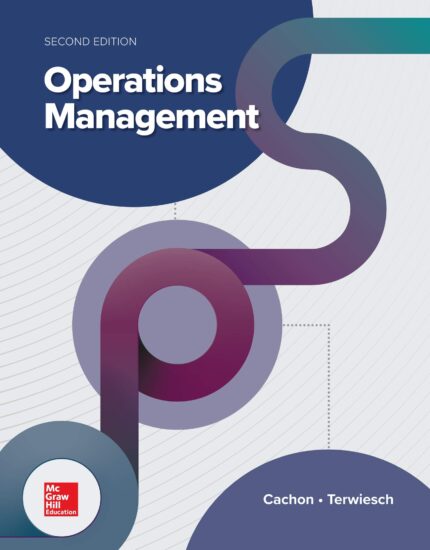
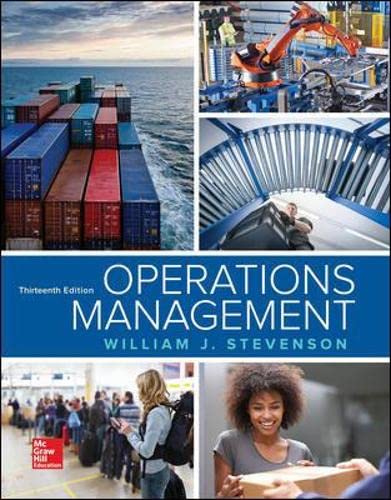


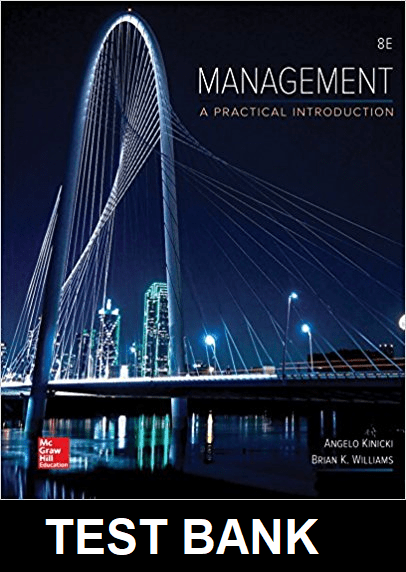

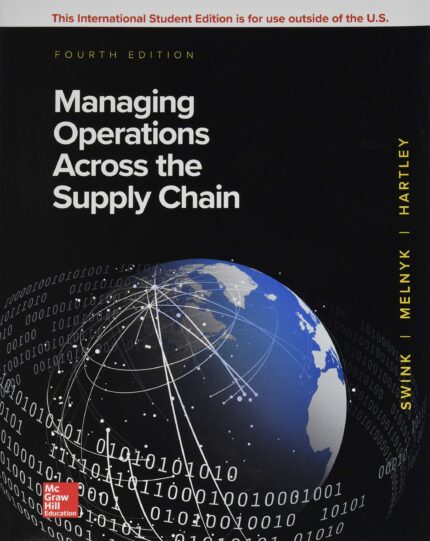
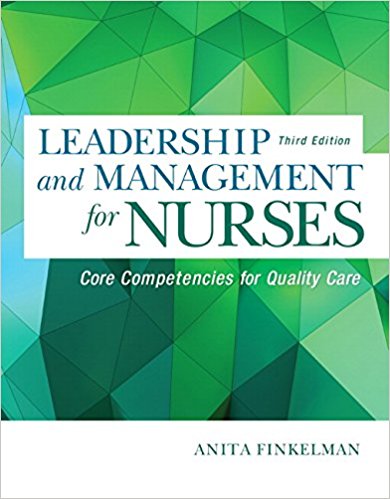
Reviews
There are no reviews yet.